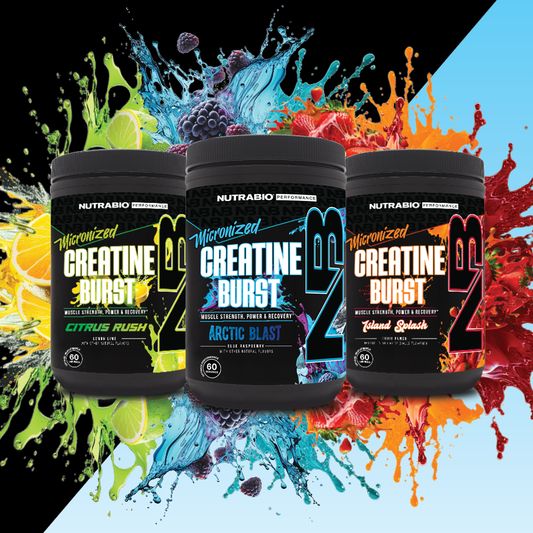Hyponatremia occurs when drinking too much water and taking in too little sodium before, during, and sometimes after training and racing. Hyponatremia is also more likely to happen during longer events such as the marathon as opposed to shorter events like a 5k.
Moderate Hyponatremia Can Cause:


